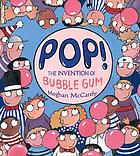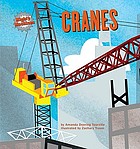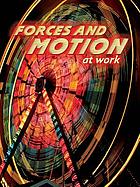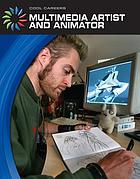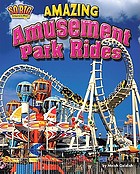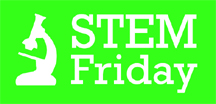How was the invention of bubble gum engineered? Help K-5 students answer this essential question (and meet the Common Core State Standards) with the Teaching STEM lesson plans for this mentor text: Pop! The Invention of Bubble Gum by Meghan McCarthy (ATOS 4.8 / AD740L)
Unit Summary: Students will examine the essential question, “How was the invention of bubble gum engineered?” They will review the steps engineers take when they explore a solution to a problem. They will then determine the steps Walter Diemer took to create bubblegum after listening to the text of the book and apply and explain his ideas and actions to the way an engineer works to solve a problem. They will present their information and discuss their finding in a large group.
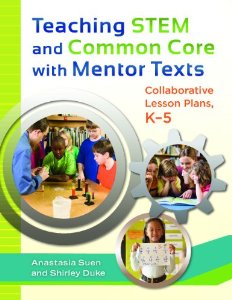 The Library Activity begins on page 154. The Collaborative Teacher Activity is on page 155.
The Library Activity begins on page 154. The Collaborative Teacher Activity is on page 155.
Extension Activities(sample)
1. Have the students make a number line with markings to eighths on a sentence strip or sheet of paper. Hold a bubble gum blowing contest. Put their bubble on the number line and measure it from the part of the bubble that actually touches the paper (to get the most accurate measure). Compare and announce the winner.
2. Determine the mean, median, and average for the class.
3. After reading the book, have the students write a short description of the main idea of the book. Use the phrase, “I am a engineer.. I know that _________.”
You can find more Teaching STEM lesson plans on the Teaching STEM blog
Copyright © 2014 Anastasia Suen All Rights Reserved.
